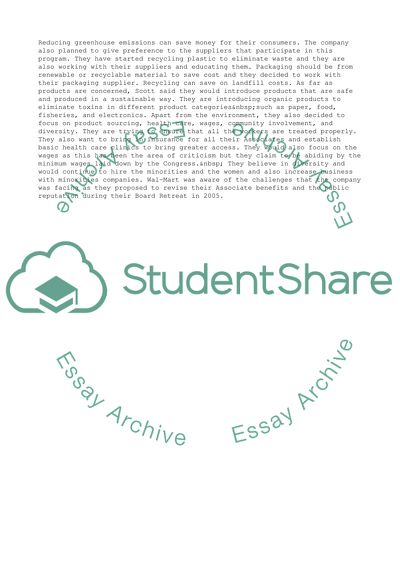Cite this document
(“Strategic Social Challenges of Wal-Mart Article”, n.d.)
Retrieved de https://studentshare.org/business/1559406-walmart-case-study
Retrieved de https://studentshare.org/business/1559406-walmart-case-study
(Strategic Social Challenges of Wal-Mart Article)
https://studentshare.org/business/1559406-walmart-case-study.
https://studentshare.org/business/1559406-walmart-case-study.
“Strategic Social Challenges of Wal-Mart Article”, n.d. https://studentshare.org/business/1559406-walmart-case-study.


